Most people think Walt Disney’s genius came from pure imagination. They’re wrong.
Behind every frame of Snow White and every billion-dollar franchise lay something far more calculated: a three-part psychological system so powerful that Fortune 500 companies still use it today. Disney didn’t just dream. He engineered dreams through a process that literally required walking through different rooms.
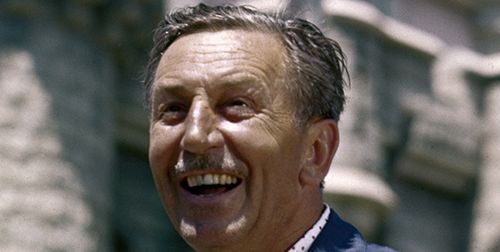
The Man Who Became Three People
Disney’s colleagues never knew which Walt would show up: the dreamer, the realist, or “the spoiler.” He didn’t have multiple personalities. He’d discovered how to systematically access different modes of thinking, and he built physical spaces to force his mind into each one.
Room One: The Dreamer Room – No criticism allowed. Zero. In this space, ideas flowed without the strangling grip of reality. Want mice to talk? Lions to sing? The dreamer could visualize extraordinary scenarios without limitation.

Room Two: The Realist Room – This is where fantasy crashed into physics. How do you actually animate 24 frames per second by hand? This was where the storyboard for each film would be developed, transforming dreams into tangible plans.

Room Three: The Critic Room – Every foot of rough animation was projected and analyzed, then drawn and redrawn. But here’s the crucial twist. They criticized the work, never the person. The critique dissected the idea, not the dreamer.

Why This Process Built an Empire
The separation was everything. Most creative processes fail because they mix these modes. You’re trying to dream while someone’s calculating costs. Disney discovered that a dreamer without a realist cannot turn ideas into tangible expressions, and a critic without a realist just creates perpetual conflict.
The results? Snow White cost $1.4 million in 1937 but became an unprecedented success. The 12 principles of animation that his team developed through this process became the foundation for the entire industry.

The Hidden Physics Obsession
Here’s another secret: Walt Disney set up actual physics classes for his animators so they could understand the science of movement. He even brought a live deer onto the studio lot during Bambi production. This wasn’t just about art. It was about understanding reality so thoroughly that you could bend it convincingly.
Every dancing dress, every bouncing ball, every emotional expression in Disney films follows principles grounded in actual physics and human psychology. The magic wasn’t magic at all. It was meticulous observation translated through systematic creativity.
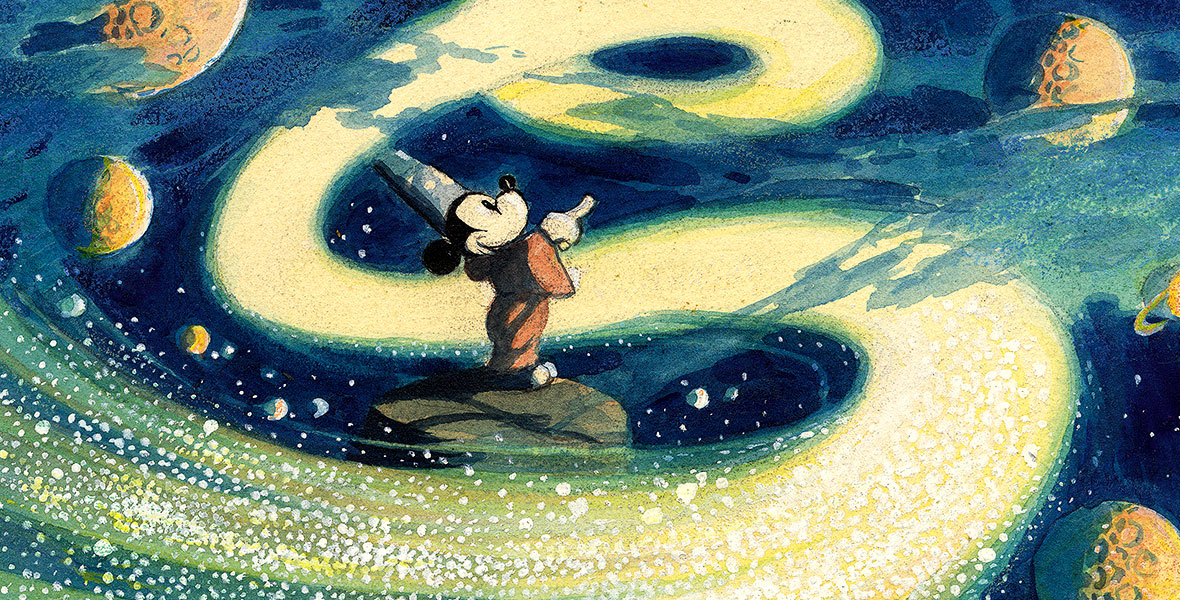
Why This Still Matters
In 1994, NLP expert Robert Dilts formalized Disney’s approach into what’s now called the Disney Method. Tech companies use it. Startups use it. Anyone trying to turn impossible ideas into reality uses some version of it.
The framework proves something counterintuitive: creativity isn’t about removing constraints. It’s about applying the right constraints at the right time. Dream without limits, then add reality, then critique ruthlessly. In that order. Always in that order.
The next time you see a Disney film, remember: you’re not watching magic. You’re watching the output of three rooms, three modes of thinking, and one man who figured out how to walk between them without losing his mind or his vision.
That’s the real magic formula. And unlike fairy dust, it actually works.

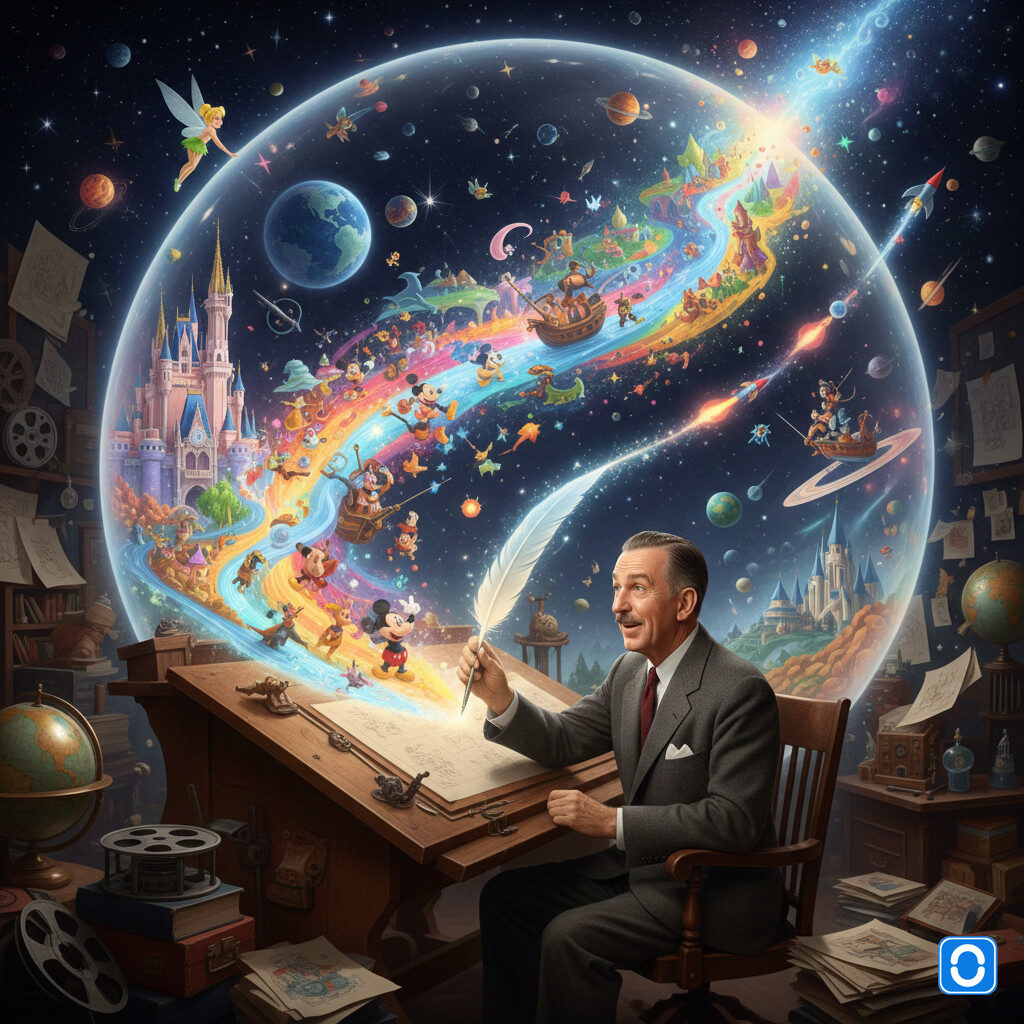


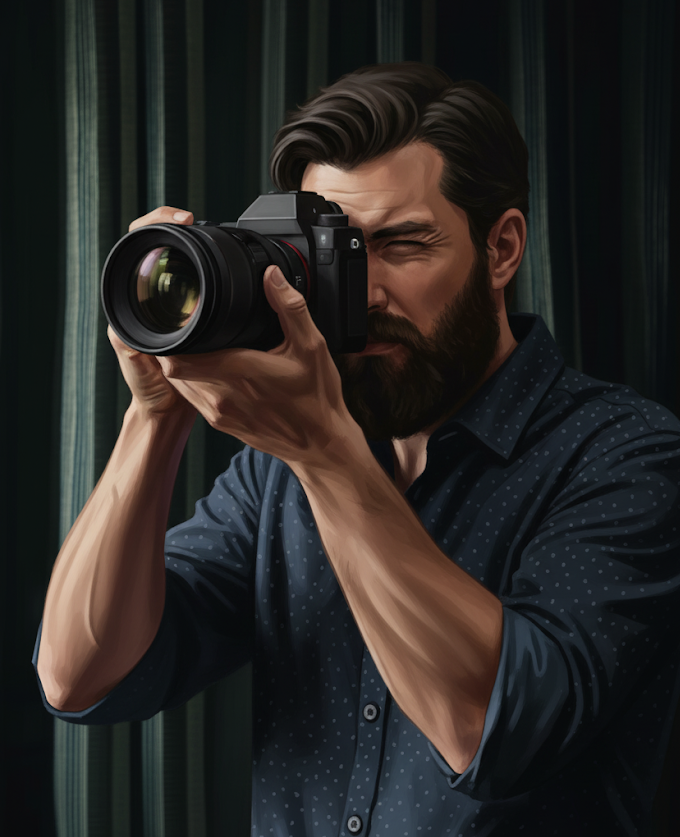
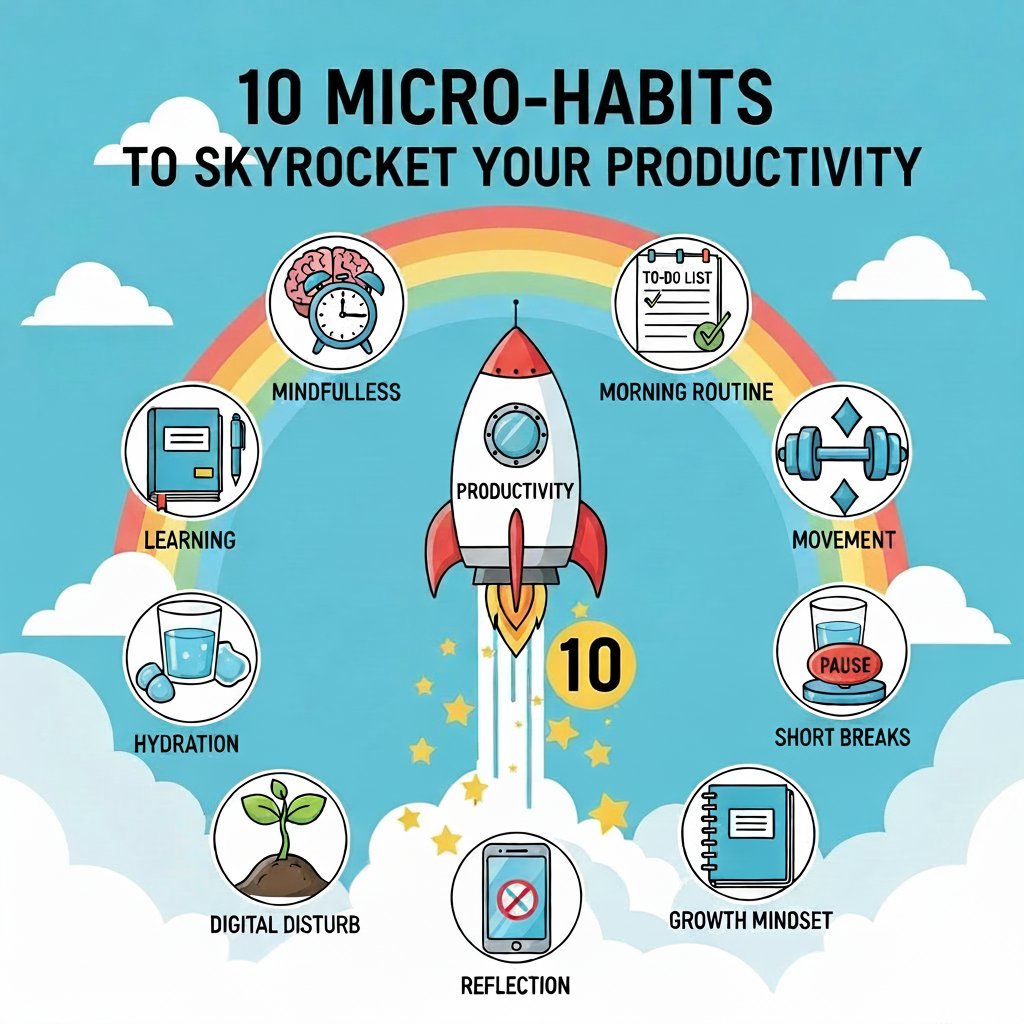
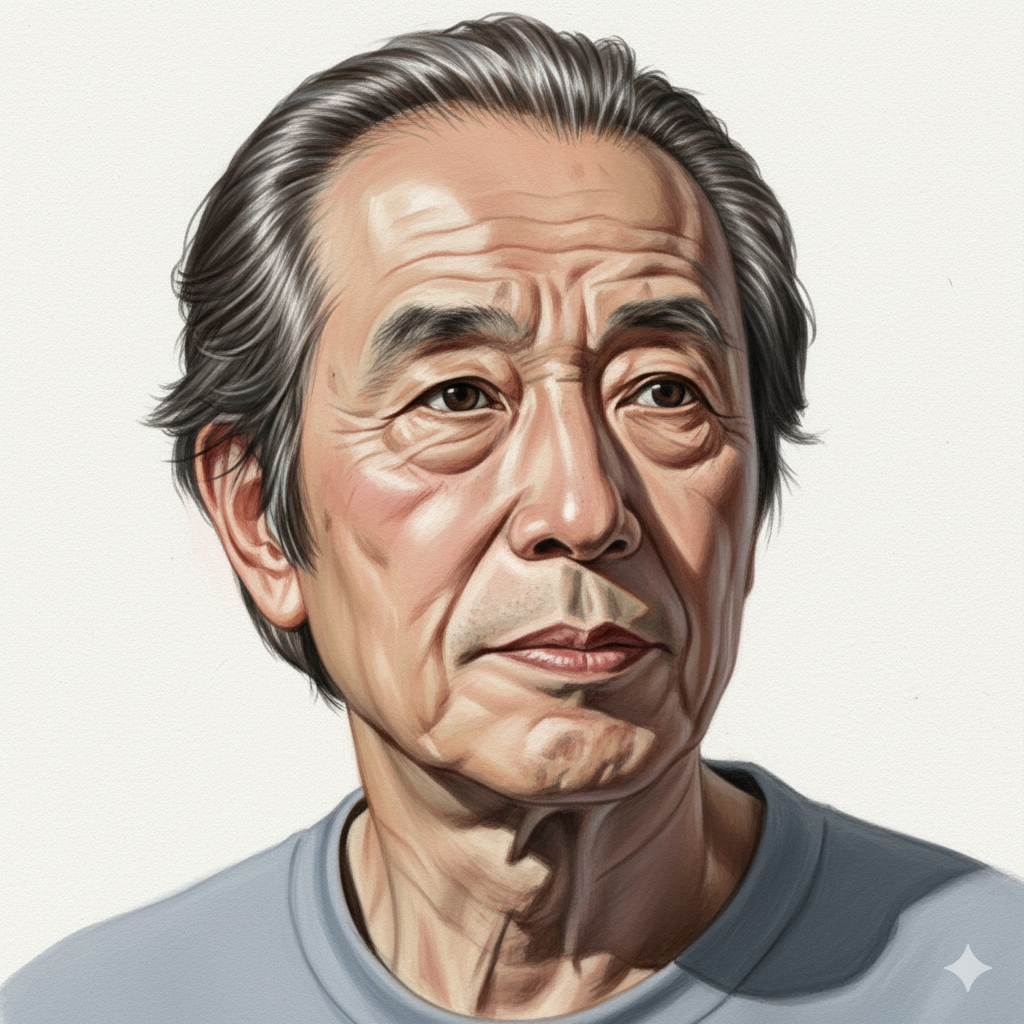


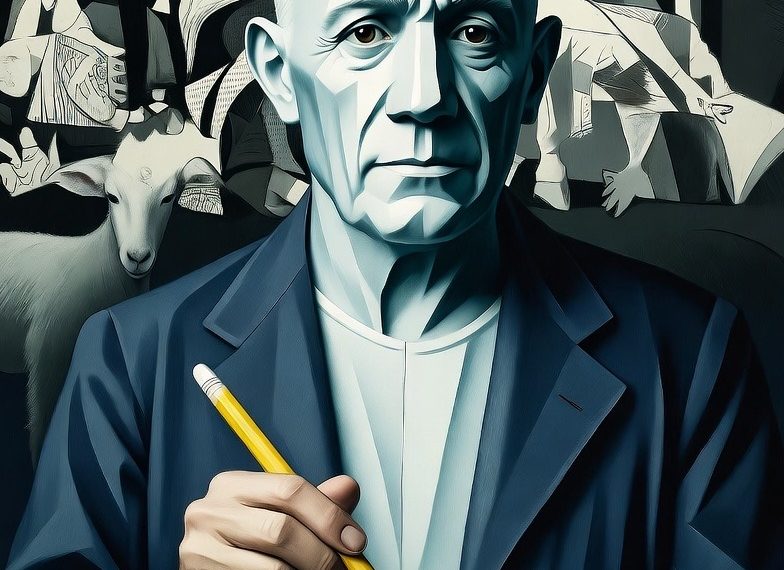
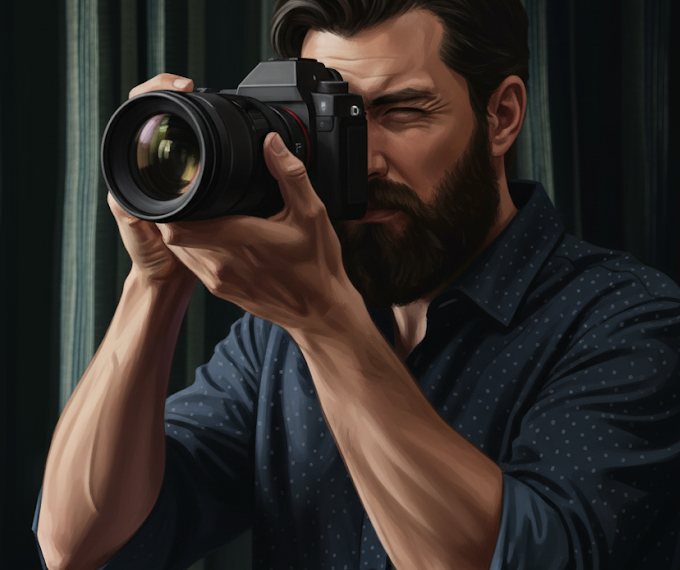

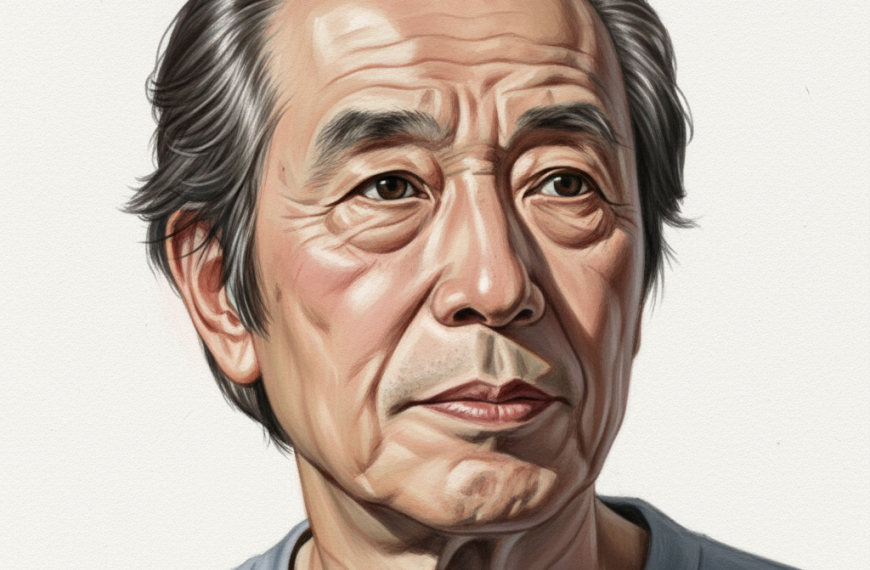
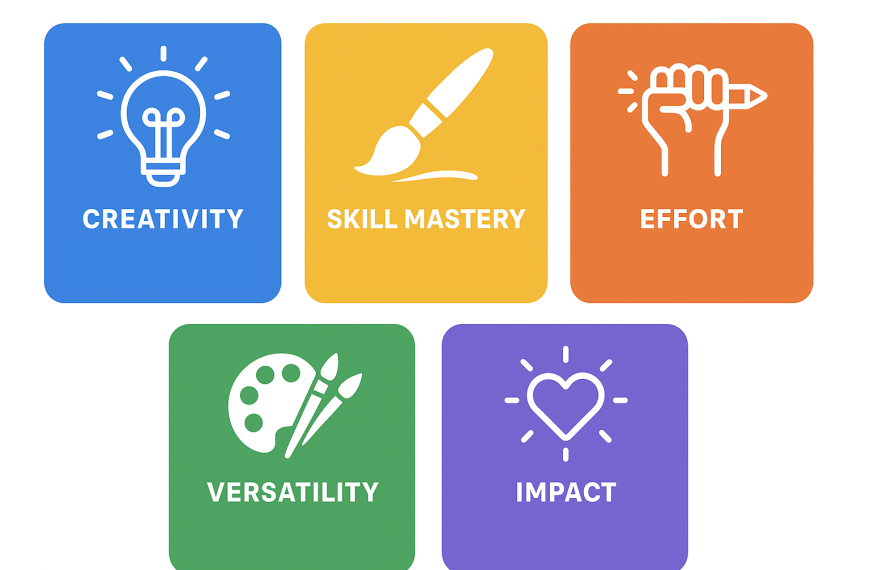
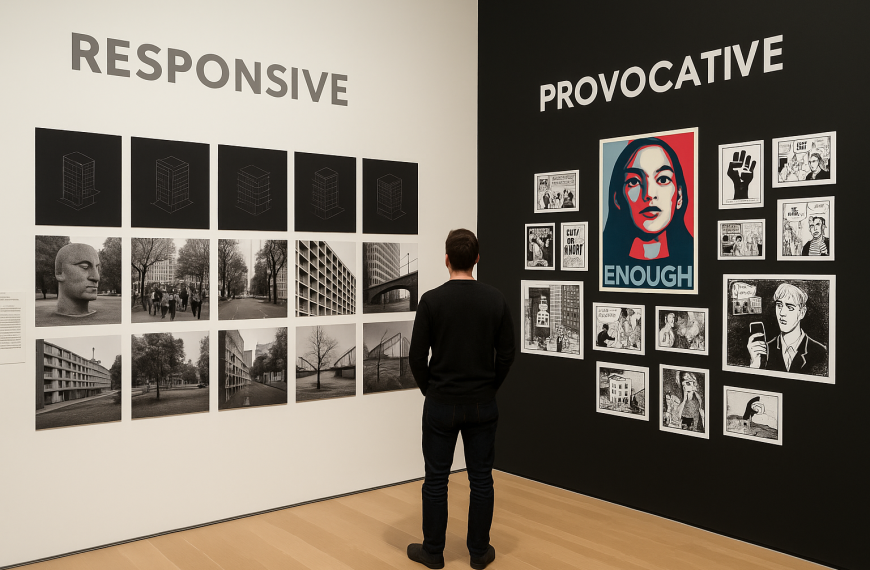



Leave a Reply